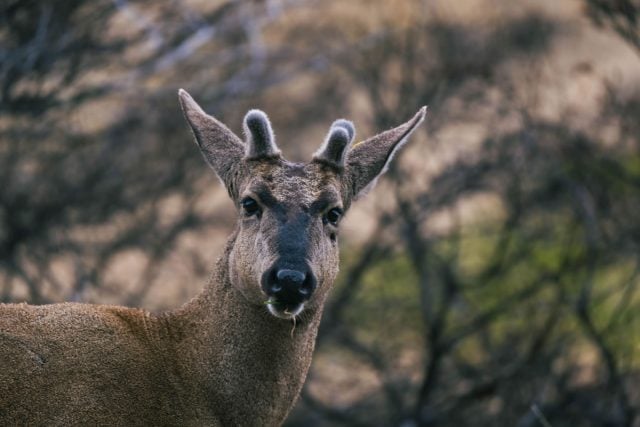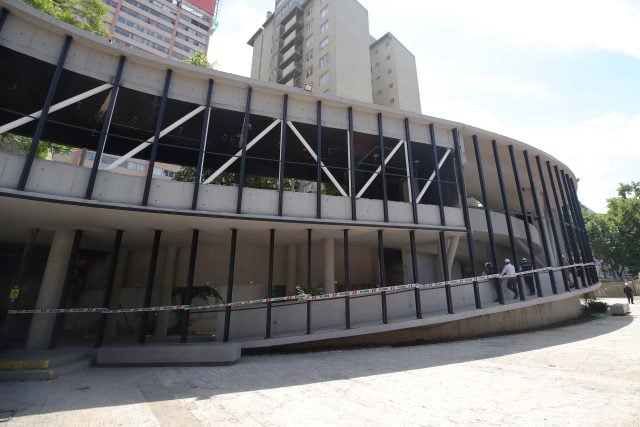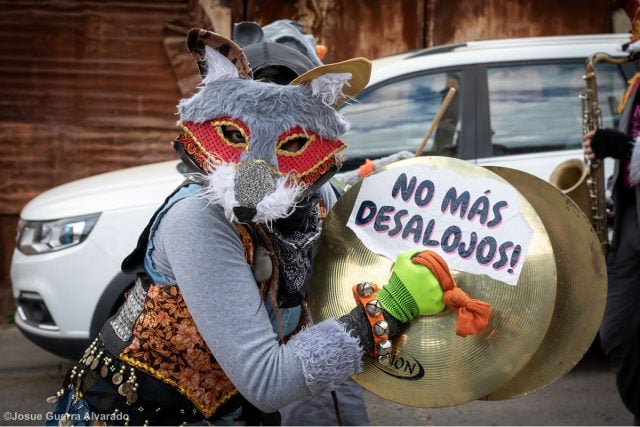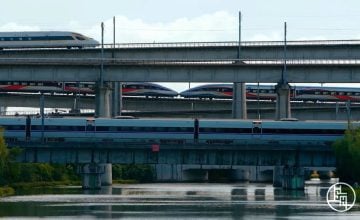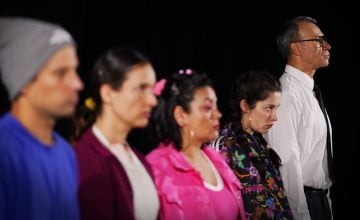Original article: Chile: Abren el primer Centro de Rescate y Rehabilitación exclusivo para huemules
Chile Opens First Exclusive Rescue and Rehabilitation Center for Huemules
In the Las Horquetas area, near the Cerro Castillo National Park, the first Rescue and Rehabilitation Center for the Huemul has been inaugurated, marking a unique initiative in the country with its collaborative and multisectoral approach.
The center is dedicated solely to the recovery of the world’s southernmost deer, a critically endangered species with only about 1,500 individuals remaining, scattered across fragmented populations in Chile and Argentina, representing roughly 1% of its original population.
This rehabilitation center is part of the «Huemul Corridor,» a large-scale conservation strategy aimed at connecting populations and reinforcing the recovery of this species throughout the Andes, which has been led by Rewilding Chile Foundation together with the Ministry of Agriculture, CONAF, and SAG since 2023.
Situated on a property that was used for extensive livestock farming for several decades until 2019 and later acquired by Rewilding Chile, the center aims to protect the Huemul’s habitat and provide connectivity for the species’ groups.
Covering a limited area of 4.9 hectares, this true «hospital for Huemules» includes facilities for the maintenance and management of this deer. It features a module for wildlife guards and an area for veterinary interventions. Additionally, it has various enclosures to address the different conditions or health issues that Huemules may present.
The entire perimeter of nearly 1 kilometer is protected by an electrified fence consisting of two levels; one at the bottom and another reaching nearly 5 meters in height, designed to prevent the entry of predators and ensure a safe environment for Huemules undergoing rehabilitation.
The facility is operated by specialized technical and professional personnel from Rewilding Chile Foundation, along with advisors and collaborators, ensuring a management approach that combines technical experience, scientific knowledge, and wildlife protection.
“We are happy and proud to inaugurate this center, the first infrastructure entirely dedicated to the health of the Huemul, which will strengthen and complement various collaborative actions between our Foundation, SAG, and CONAF for the protection of this species and the consolidation of the Huemul Corridor. Additionally, it is located in a key area with ideal conditions for Huemul recovery,” explains Cristián Saucedo, director of Wildlife at Rewilding Chile.
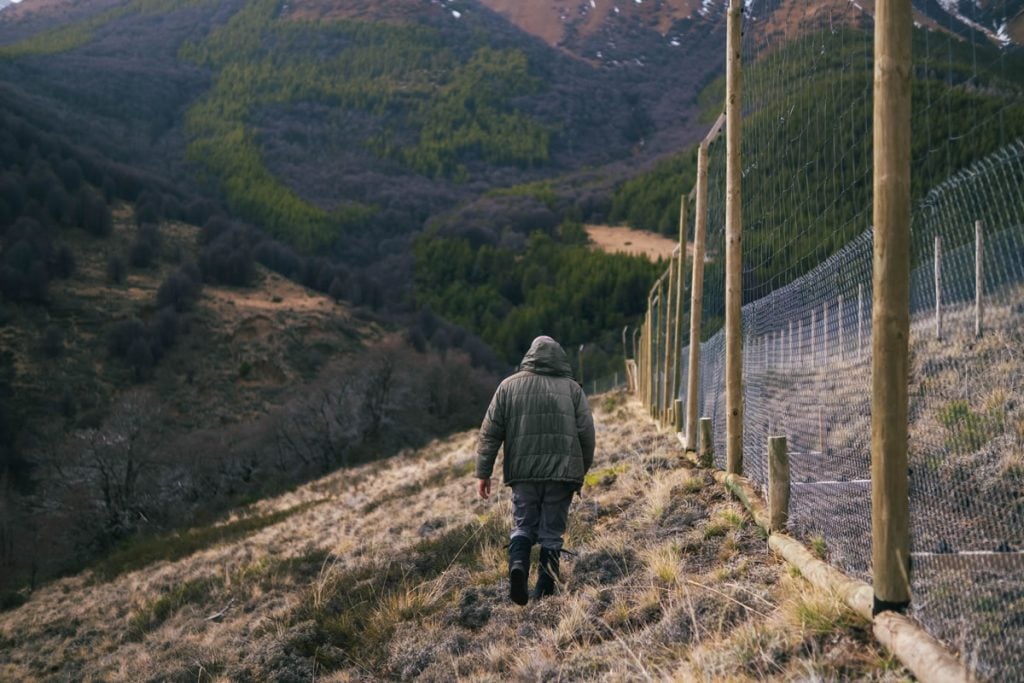
Huemules in Cerro Castillo National Park and other areas where they maintain populations often face four main threats: free-roaming and feral dogs that chase and attack them, domestic livestock that transmit diseases, vehicle collisions, and invasive species (wild boar and red deer) that compete for the same habitat and even prey on them.
Many of the conditions and diseases caused by these threats can be treated at this center.
Aysén Region and Cerro Castillo National Park: A Key Area
The rehabilitation center located in Las Horquetas in the Aysén region arises as a response to a historical need: to have a specialized place to receive and treat sick or injured Huemules, providing them with veterinary care, treatments for rehabilitation, and returning them to their natural habitat. Huemules rescued from other regions of the country may also be referred to this center.
This site is located in an area that has hosted livestock activity for over 100 years, with the grazing of thousands of sheep and cattle, which, along with habitat fragmentation through the installation of fences and roads, has created strong pressure on wildlife, facilitating the transmission of infectious agents, such as Corynebacterium pseudotuberculosis, responsible for Caseous Lymphadenitis (CL).
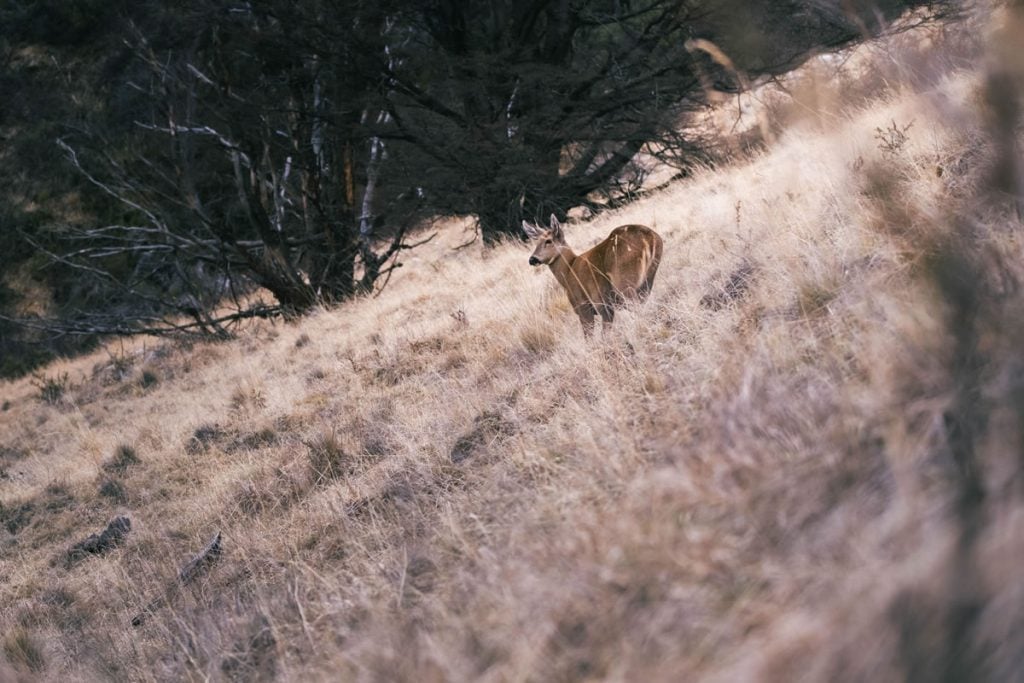
Collaborative and Inter-Institutional Work
This initiative is situated in a strategic location in the Cerro Castillo area of the Aysén region. It is important to note that the Cerro Castillo National Park houses nearly 10% of the total population of this species, an important nucleus with a minimum estimated of 118 Huemules of various ages.
However, despite being a key point for conservation, the Huemules in Cerro Castillo face severe threats, such as vehicle collisions on the Carretera Austral, which crosses 25 km of the national park, habitat loss, dog attacks, diseases like CL, and competition from exotic animals such as red deer and wild boar.
Statistics indicate that more than half of the issues reported for Huemules in this national park are attributable to the main threats faced by the species.
According to information shared by SAG within the Intersectoral Huemul Commission regarding 143 captures and/or treatments conducted on Huemules between 2011 and 2022, 52.5% of the cases were related to clinical conditions, attacks or bites from dogs, injuries, or abscesses.
Notably, 44% of the capture and treatment efforts were directed at gathering health and baseline information about the species by SAG.
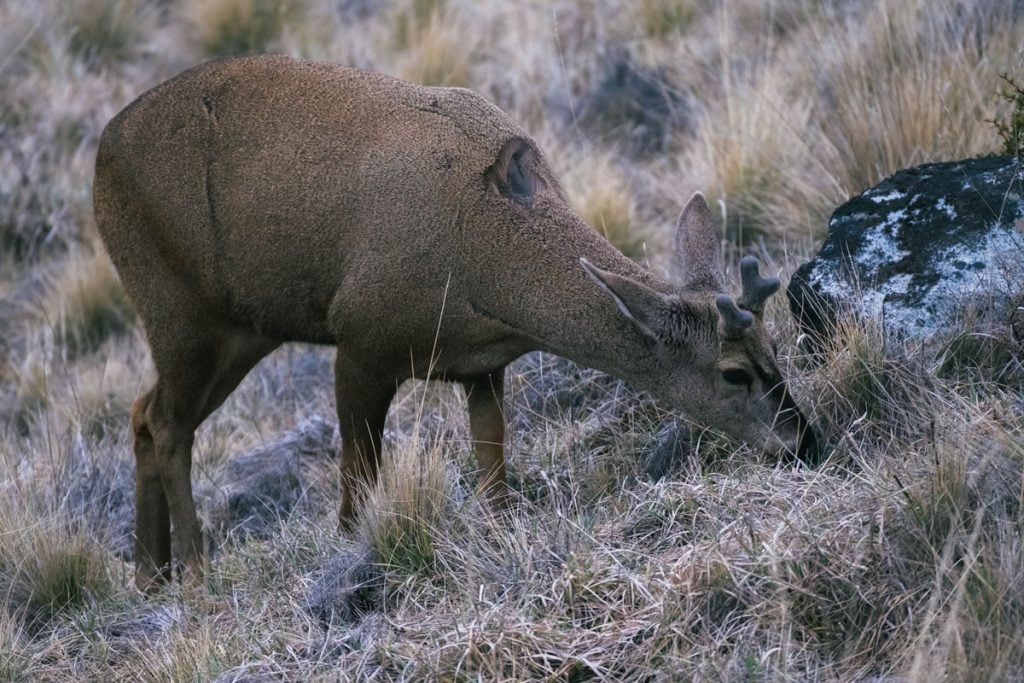
El Ciudadano
